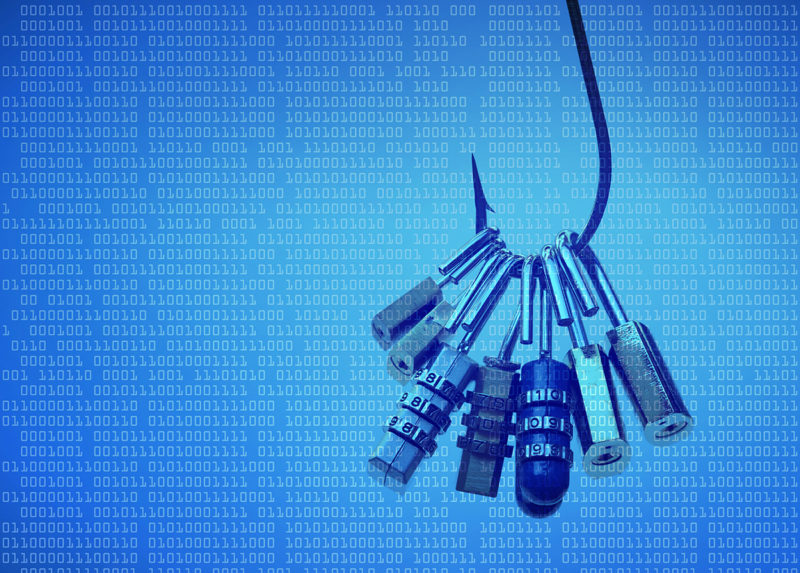Announcements of major security breaches and new internet threats have become commonplace. Attacks against non-profits are on the rise. Data breaches leading to disruptions, administrative downtime, and other costly issues have continued to increase year over year. Valuable information is compromised, and the attacks keep coming. Sadly, due to the limited resources of many non-profits, keeping secure is often overlooked.
One particularity sobering statistic from the 2017 SonicWall Annual Threat Report was the fact that Ransomware attacks grew 167 times from just 2015 (with 3.8 million) to 2016 (with 638 million). Since Ransomware is one of the most damaging types of Malware for any organization, the environment in which we operate our computer systems has clearly changed to a degree we cannot ignore.
You may have already concluded that computer use, whether business or personal, has become riskier than ever before. However, we find that many non-profits have yet to implement the necessary changes to protect their data because other priorities have come first. Unfortunately, the latest statistics around malware tell us that we must place network security higher up on our list of priorities than ever before.
A Concern for Your Non-Profit
Because of the rapid growth of malware incidents, even many previous years free of malware problems does not indicate a lack of risk today. And, unfortunately, because of the tremendous increase and sophistication of current attacks, solving the problem has become more complicated. Even Microsoft’s recently released patches for the Meltdown and Spectre vulnerabilities caused significant problems of their own.
Alarmingly many non-profit organizations underestimate malware dangers because of a false belief: cyber criminals do not target non-profits. Nothing can be further from the truth.
This is largely driven by the fact that non-profits often lack the expertise to combat these cyber criminals.
Strengthened Security
The good news is strengthening your overall security with the help of an experienced IT consulting firm can lead to an effective malware protection strategy. Leveraging their expertise can enable the required controls without the loss of staff productivity.
In addition, conducting security awareness training for all employees decreases malware susceptibility. Learn to recognize social engineering, such as tech support scams and cold callers can dramality reduce your risk both at the office and even at home.
Make sure you do your best to remain informed on the latest malware trends and educate your staff as well. Practice safe online browsing by using strong passwords and secure connections. With increasing network threats, consider this protection as vital as seatbelts and locks. Don’t assume your bases are covered, especially as a small business owner. After all, strong network security can drastically reduce liability and prevent production loss. As the saying goes, “It’s better to be safe than sorry!”
Malware prevention along with network security can greatly benefit non-profit organizations, especially those that follow strict regulations and compliance such as HIPAA and PCI. As the number of malware incidents increase each year, non-profit organizations become more at risk.




